SaaS businesses, picture this: you’re scaling Everest, not sure if your equipment’s working, or even if you’re on the right track. Terrifying, right?
That’s what calculating Go-to-Market (GTM) strategy success in SaaS can sometimes feel like. However, like a seasoned Sherpa navigating the harsh Himalayan terrain, we’re here to guide you through the dense fog of GTM metrics and help you decipher your actual success rate.
Unnerving as it might seem, in the world of SaaS businesses, your GTM strategy is much like climbing Everest. It’s grueling, mistakes can be costly, but the view from the top-success-is genuinely stunning.
So, grab your ice axe, strap on the crampons, and let’s chart a reliable route to measure your GTM success. Inside, you’ll discover how to make data your trusted guide and transform murky metrics into clear indicators of victory. Forget assumptions and hunches; it’s time for strategies that stand up to rigorous next-level scrutiny.
Understanding the Importance of Calculating GTM Strategy Success Rate
- This section highlights the essence of a Go-to-Market (GTM) strategy for SaaS businesses
- It underscores the critical role of GTM metrics in evaluating success.
- It ultimately instils the need to consistently calculate the GTM strategy success rate.
What is GTM Strategy, and Why it Matters for SaaS Businesses
Enter the world of Go-to-Market or GTM strategy. Driving product awareness, speeding up adoption, and setting the pace for revenue growth are vital tasks for any SaaS business. Here is where the ubiquitous GTM strategy shines. A roadmap that systematically connects your software solution with its target customers? That’s GTM for you!
But why should SaaS businesses care? The keen competition in the software-as-a-service (SaaS) landscape necessitates a strategic approach to market penetration. The GTM strategy, with its precise focus on product positioning, pricing, and distribution, is a proven game-changer for SaaS businesses.
By delineating your target market, GTM strategy aids in customizing your product to fit the customer’s needs. A fluent GTM strategy also boosts your SaaS business’s competitive advantage and increases the potential for revenue growth. All these affirm the essentials of a gtm strategy for saas businesses.
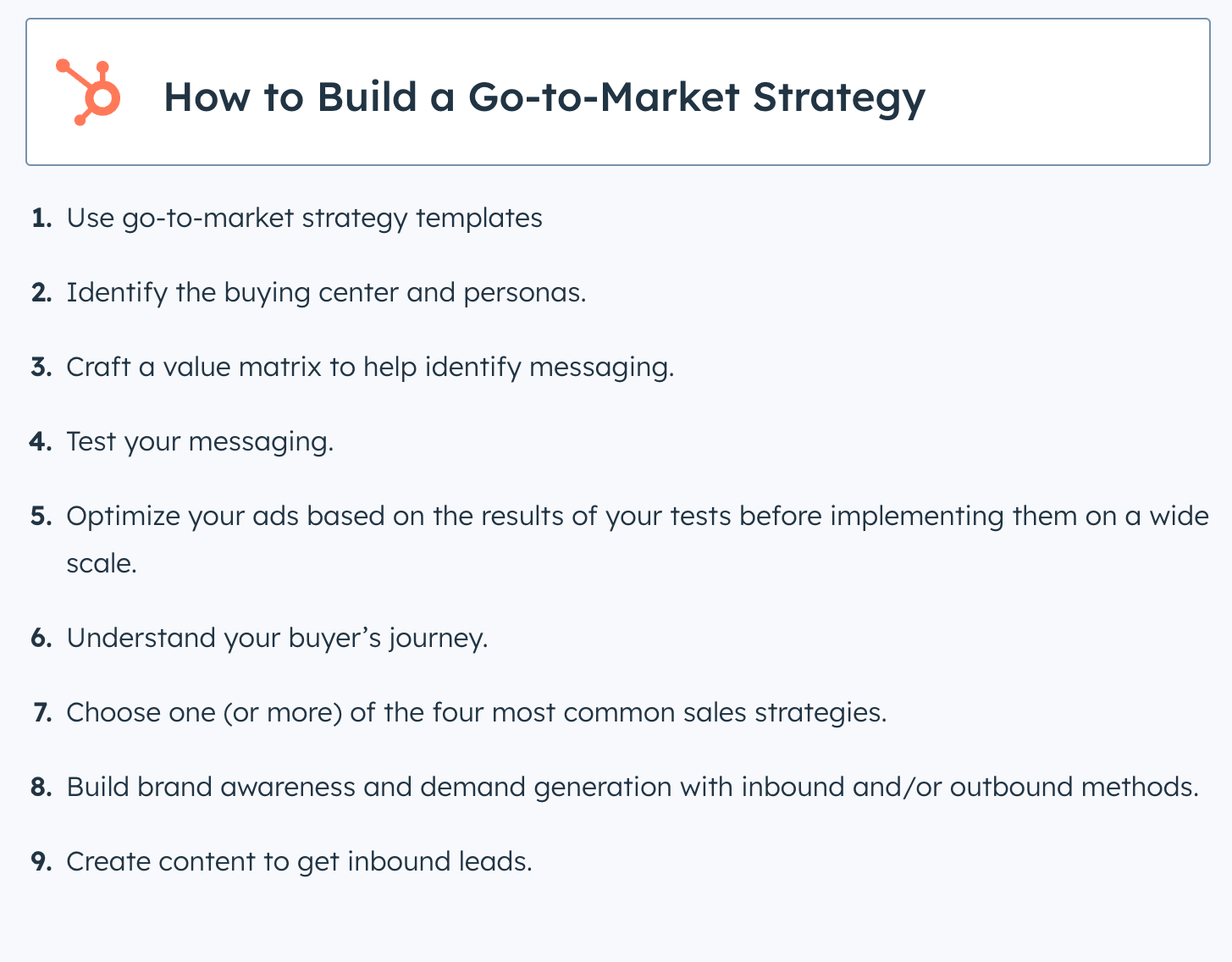
The Role of GTM Metrics in Evaluating Success
GTM strategy is not a once-and-done deal. It requires continuous scrutiny and fine-tuning. But how do you know if your strategy is effective? Enter GTM metrics.
Imagine metrics as the compass of your business. They enable you to track your progress along the predefined GTM roadmap. With a plethora of quantifiable insights at your disposal, you can analyze and streamline the performance of your SaaS business.
Some metrics focus on product performance, others shine a light on financial health, and others look at customer satisfaction. They help you identify strengths to capitalize on and weaknesses to address. In essence, GTM metrics set the stage for your thriving SaaS business.
Remember, reliable evaluation of success is never by mere instinct or gut feelings. It demands rigorous calculations based on critical GTM metrics. Hence, calculating your GTM strategy success rate consistently is non-negotiable for SaaS businesses.
Suppose you’re still questioning, why bother with these calculations? Think of them as the scores in a soccer game. Without keeping track, you simply won’t know if you’re winning or losing! Now, that’s a game you don’t want to play.
Take it from the pros: Persistence in calculating your GTM strategy success rate is a game-changer for SaaS businesses. So, whether you’re a start-up finding its footing or an established player looking to scale, don’t skimp on your GTM strategy calculations. It’s the scoreboard for your game to win the market.
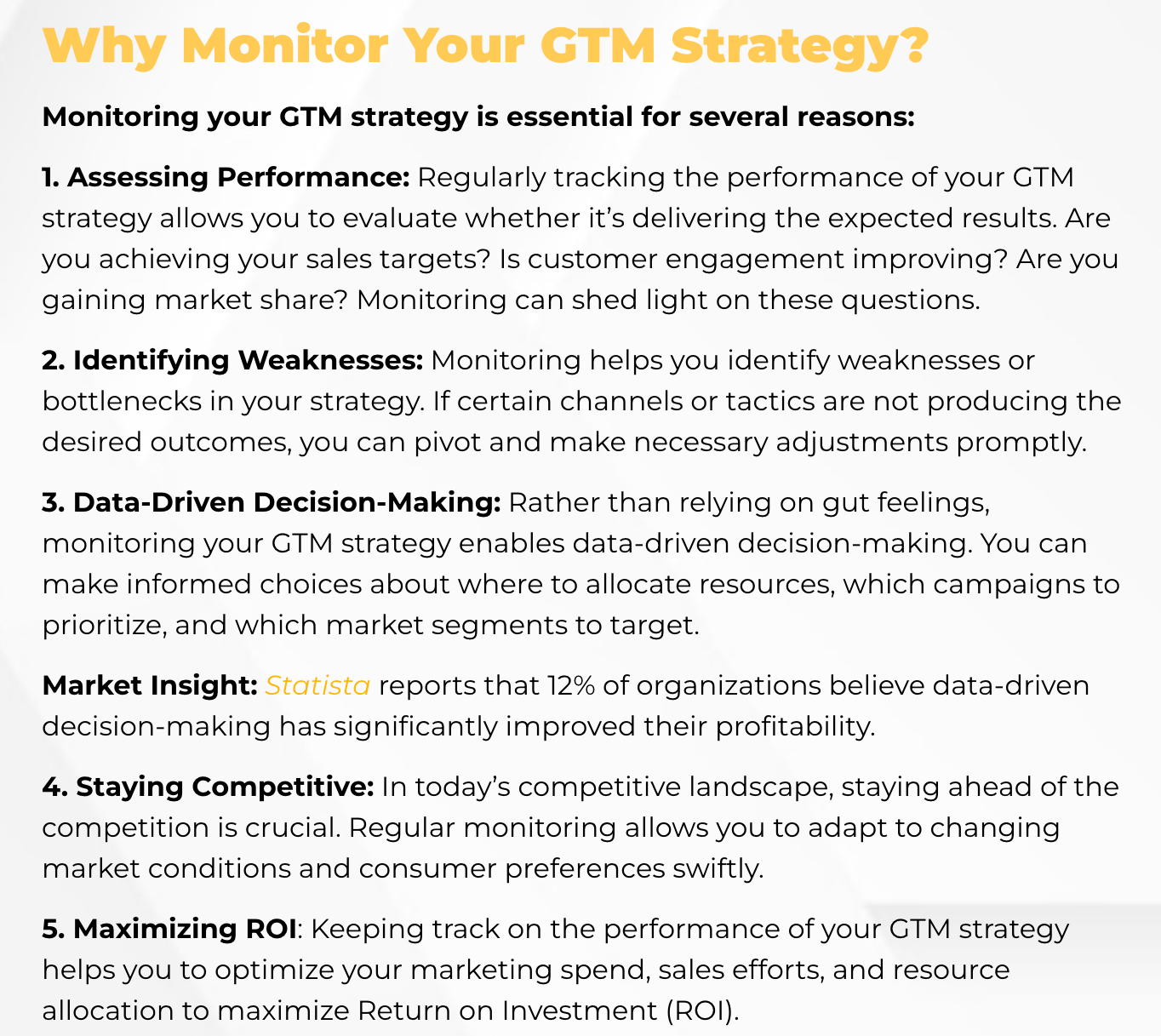
Key GTM Metrics: The Building Blocks of Your Success Rate
Victorious SaaS models have specific metrics in their arsenal. Learn how to harness them in your success rate.
- Unlock your Customer Acquisition Cost (CAC) and understand the true price of customer conversion.
- Unlock the ability to predict future revenue with Customer Lifetime Value (CLTV).
- Understand how your customer retention holds up with churn Rate.
- Measure your Sales Efficiency to boost the effectiveness of your sales process.
Customer Acquisition Cost (CAC): The Price of Winning a Customer
The CAC metric is a crucial component in determining the real cost of gaining a new customer. CAC takes into account the total of your sales and marketing expenses and then divides this cost by the number of customers acquired in the same time period.
It’s an insightful gauge, setting apart the capable from the incompetent in capturing value effectively. The ideal scenario? A declining CAC. This signifies that you’re becoming more efficient at transforming your leads into purchasers. Remember, a low CAC doesn’t necessarily indicate success – the quality of your customers matter.
The hard numbers behind CAC
Formula: CAC = (Total Marketing Expenses + Total Sales Expenses) / Number of New Customers Acquired Manual check and reference needed for hypothetical example computation highlighting the impact of CAC on overall profits and efficiency.
Customer Lifetime Value (CLTV): Predicting Revenue from Your Customers
Next on our docket of key metrics is CLTV – a predictive analysis tool that aids in determining each customer’s potential revenue throughout their lifespan with your company. This revenue projection from current and future customer transactions underscore the importance of customer retention and repeat business. CLTV, when compared with CAC, provides a comprehensive understanding of your return on investment. If your CLTV is considerably higher than your CAC, that’s a good sign your GTM strategy is bearing fruit.
The Long-term Profitability Indicator – CLTV
Formula: CLTV = (Average Sale Per Customer X Average Number of Times a Customer Buys Per Year) x Average Retention Time in Years MANUAL CHECK – consider including a hypothetical example computation illustrating the importance and impact of having a good CLTV/CAC ratio.
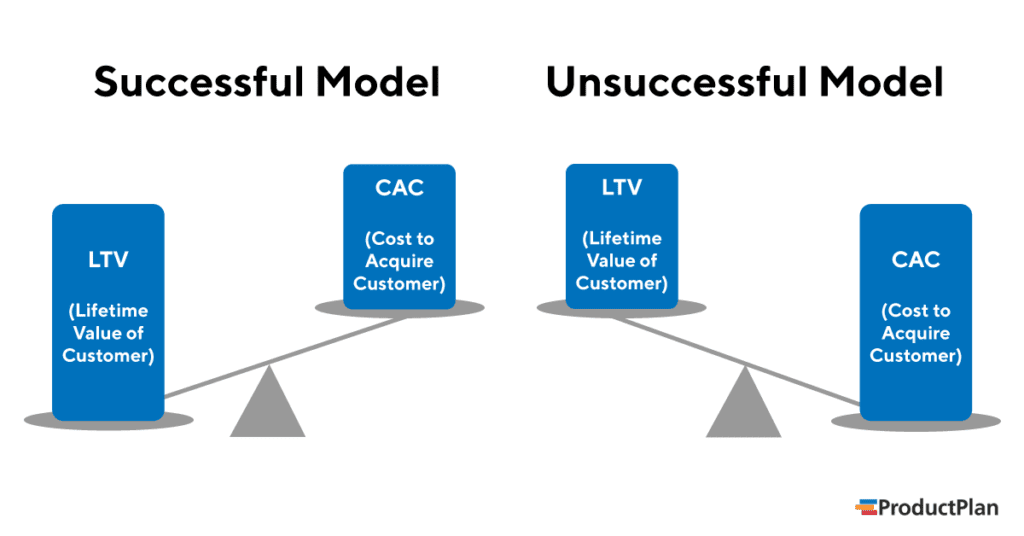
Churn Rate: Keeping Track of Customer Retention
Churn rate, often known as attrition rate, is another key metric to track. It represents the percentage of customers or subscribers who cut ties with your service during a given time period. This is a clear indicator of customer dissatisfaction and lost revenue. A low churn rate prolongens the average customer lifetime, thereby increasing your total potential revenue. Be watchful for any sharp increase in churn rate – it’s an early warning system of underlying issues that need addressing.
Churn Rate – Your Customer Retention Litmus Test
Formula: Churn Rate = (Customers at the Start of the Period – Customers at the end) ÷ Customers at the Start of the Period
Sales Efficiency: Measuring the Effectiveness of Your Sales Process
Finally, we have Sales Efficiency, a measure of the speed and effectiveness of your sales team in turning out new business. It clarifies the connection between revenue growth and the marketing and sales expense to achieve that growth. A positive sales efficiency speaks volumes about your sales and marketing team’s ability to convert market dollars into real sales developments, while a negative figure spells trouble.
Sales Efficiency – The Revenue Growth Accelerator
Formula: Sales Efficiency = (New Gross Profit / Sales and Marketing Expenses)MANUAL CHECK – Consider illustrating the idea of sales efficiency with an example calculation and an interpretation of the result.

Evaluating GTM Strategy Effectiveness: A Step-by-Step Guide
- Understand what GTM metrics matter
- Gather and inspect data to gauge progress
- Know how you stack up against industry benchmarks
- Pinpoint areas needing improvement
Step 1: Define Your GTM Metrics
Defining your GTM metrics is the cornerstone of any evaluation. It’s like painting a picture – you need a clear outline before you start. For a SaaS business, that involves understanding key metrics like customer acquisition cost (CAC), monthly recurring revenue (MRR), and churn rate. These figures can offer vital insights into the health and sustainability of your GTM strategy.
Consider CAC. It reflects the average cost to acquire a new customer, taking into account marketing metrics and sales costs. An increasing CAC might suggest that you’re spending too much to attract customers – a sign to reassess your marketing methods. Likewise, closely monitoring MRR provides a snapshot of your income from subscriptions – critical for SaaS models. A declining MRR not only flags potential business turbulence but also calls for an examination of product market-fit.
Lastly, the churn rate. It indicates the percentage of customers who cease their subscription within a given time period. A high churn rate could signal customer dissatisfaction. Could it be product issues or are competitors offering better alternatives? Understanding these metrics forms the basis of your GTM evaluation.
Step 2: Collect and Analyze Data
Data is the heart of any analytical operation – and GTM strategy is no exception. Having defined your metrics, the next step is to gather the necessary data. From CRM systems to Google Analytics, there are a plethora of tools to help you with this task.
Once the data is gathered, insight extraction follows. Look at how each metric changes over time. Is your CAC persistently increasing? Is the churn rate stable, decreasing, or worst-case scenario, escalating? Correlate these metrics with activities in your GTM strategy. Launching new marketing campaigns, for instance, could influence both CAC and MRR.
The goal? To see what’s driving changes in your metrics. Advanced analytics solutions can add an extra layer of comprehension, featuring predictive and trend analysis capabilities to shape future GTM approaches.

Step 3: Compare Your Performance Against Industry Benchmarks
Knowing your performance is half the picture. Comparing it against industry standards completes it. To truly understand your GTM strategy’s performance, it’s crucial to contrast it against industry benchmarks. Services like G2 or Capterra provide valuable industry-specific data that can serve as a reference.
Evaluating metrics within an industry context can provide answers to questions like – How are competitors retaining customers? How efficient are their customer acquisition methods compared to yours? It’s a measure of how you’re doing but also a window into potential room for improvement.
Step 4: Identify Areas for Improvement
The final step is to identify areas of improvement. Where are you falling short? What needs a rethink? Is your acquisition cost too high? Is your churn rate more than the industry average?
This is the stage for constructive criticism and strategic change. Turn the mirror on your GTM strategy and determine where changes must happen. Careful analysis can help pinpoint problem areas, making them targets for future strategic amendments and optimisations. This process ensures that there’s always scope for refinement so your strategy can hit the bullseye.
Evaluating GTM strategy effectiveness enables continuous improvement and fuels growth, paving the path for a successful SaaS business. It’s an invaluable route to understand your GTM’s current status, its deviation from goal values, and the necessary course corrections to stay on track. Remember, the key lies not just in knowing these steps but in diligently executing them.
Case Study: How Successful SaaS Businesses Measure GTM Success
- Examine how Company X strategically measures GTM performance and yields growth.
- Discover Company Y’s method of enhancing their GTM strategy and its benefits.
Case Study 1: Clari’s Approach to GTM Metrics
Clari is recognized globally as revenue platform that had a successful and effective GTM strategy. They prioritized measuring long-term revenue growth and found this metric to be a decisive factor impacting their GTM strategy.
In Clari’s case, they developed an in-depth understanding of their ICP (ideal customer profile) helped them to develop the right sales cycle in order to drive their sales efforts. This comprehension allowed them to streamline their approach, optimizing their launch for maximum conversions.
More importantly, Clari found this approach helped them identify customer segments, meaning they could launch with a targeted strategy, further increasing their conversion rate. By accurately calculating and considering these metrics, they attained greater insight into their consumer base.
This information influenced their decision-making, enabling them to better their product value proposition and sales strategy. A testament to Clari’s success is their consistent growth-now being valued at $2.6 billion.
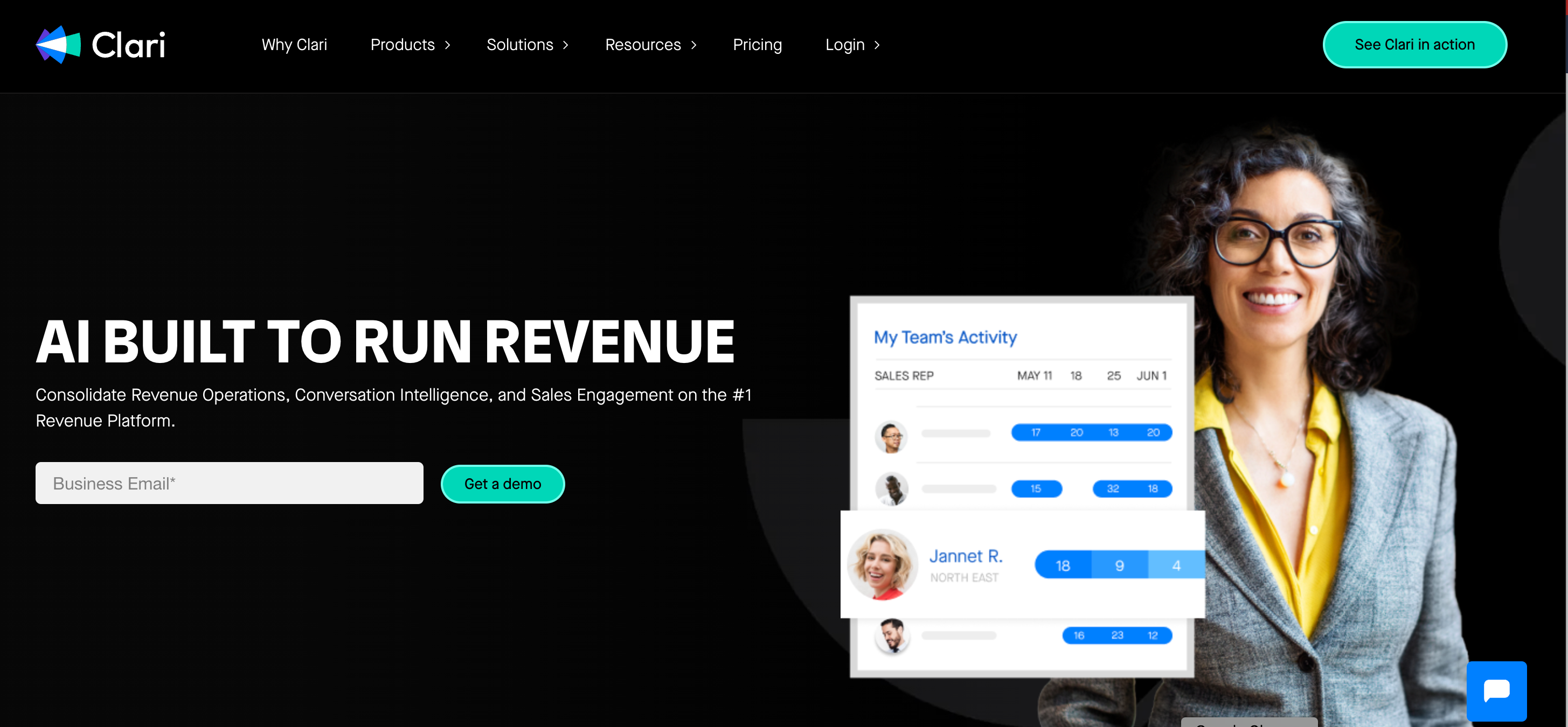
Case Study 2: How Sweet Fish Media Improved Their GTM Strategy
Sweet Fish Media, a B2B company that helps create top-of-the-funnel content, revolutionized its GTM strategy by concentrating on the role of customer success. When this company initially noticed a shocking customer churn rate, they realized they needed to focus on retention.
Initially, Sweet Fish Media’s focus was primarily on gaining new customers, leaving its existing ones somewhat neglected. As they shifted their attention towards customer retention, they incorporated customer success strategies like:
- Onboarding processes
- Product education
- Robust customer support
This helped them experience a notable transformation. After just 6 months, they had reduced churn by 10%.
This change in strategy led to amplified customer engagement rates, increased product adoption, and improved customer lifespan, all of which bolstered their bottom line. Sweet Fish Media’s experience underlines the importance of consumer satisfaction in sustaining and advancing a business’s growth.
The practices of Clari and Sweet Fish Media outline the significance of strategic metric selection in GTM plans. By learning from their experiences, you can dodge common errors and steer your SaaS business towards a successful GTM strategy.

Common Pitfalls in Calculating GTM Strategy Success Rate and How to Avoid Them
Discover the three common errors that can quietly erode your Go-to-market strategy’s effectiveness and solutions to implement right away:
- Recognize and factor in overlooked but essential metrics that influence your GTM success.
- Uncover data misinterpretation and learn how to correctly analyze your metrics.
- Find out how a static GTM strategy can stunt your SaaS growth and learn the value of periodic reviews and updates.
Pitfall 1: Ignoring Important Metrics
A metric-blind GTM strategy is like driving a car blindfolded. Essential metrics provide valuable insights into the measurable success of your GTM efforts. One reason why professionals ignore vital metrics is because they can be complex or challenging to understand. The unfortunate result is a skewed understanding of your GTM performance.
For example, consider churn rate – the number of customers who stop using your SaaS product over a specific period. high churn rates may indicate customer dissatisfaction, which can stem from various issues ranging from pricing to lack of support.
Therefore, incorporate wide-ranging metrics to capture a holistic view of your GTM effectiveness.
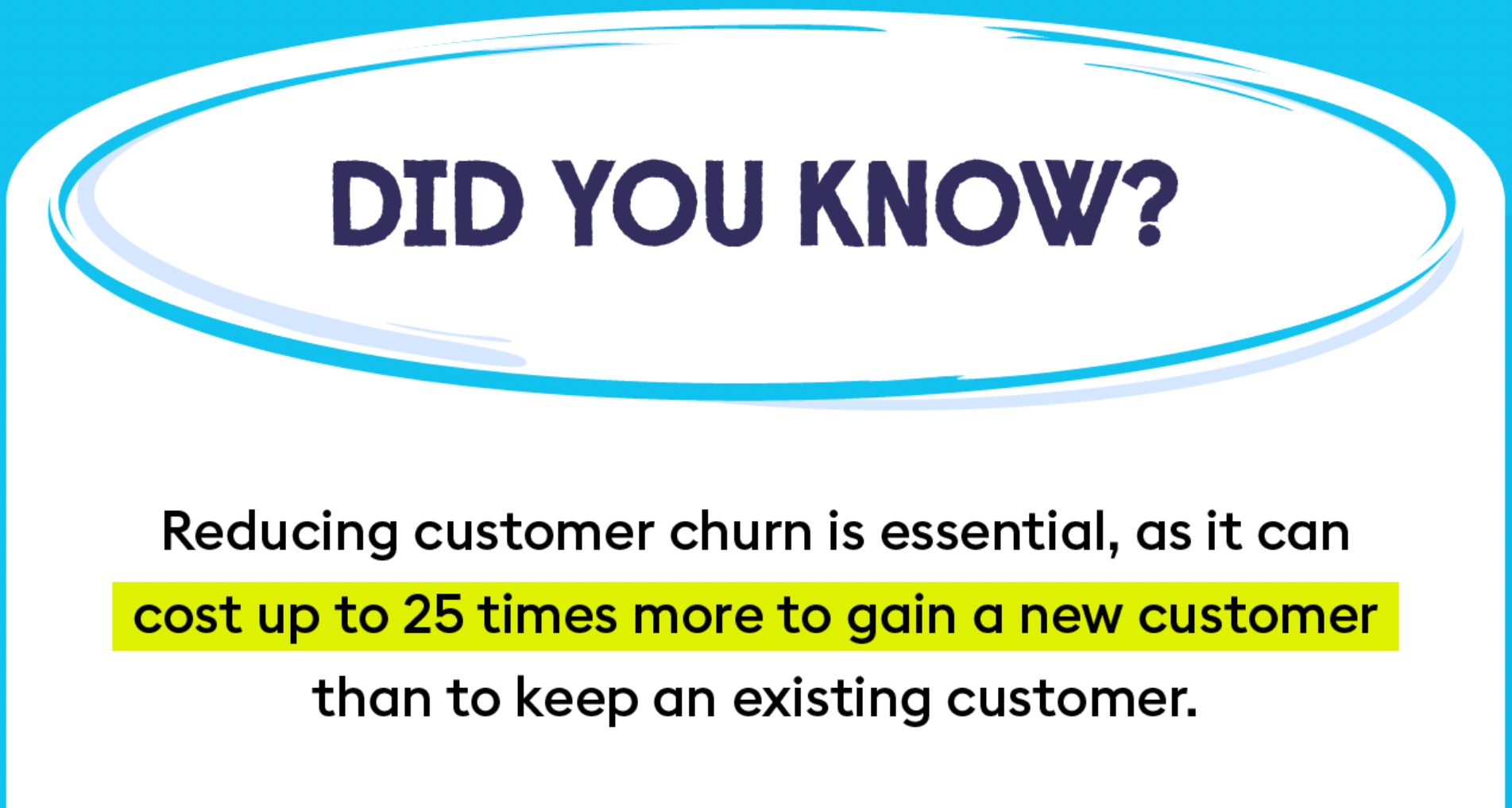
Pitfall 2: Misinterpreting Data
Raw data is just numbers until interpreted and contextualized correctly. Misinterpreted data can lead to misguided actions that could prove costly for your GTM strategy.
For instance, you may identify a high customer acquisition cost (CAC) and judge it negatively. However, a high CAC isn’t necessarily a catastrophe, especially if the lifetime value (LTV) of the acquired customers is significantly higher.
Therefore, data should be evaluated within the context of its related factors and long-term performance.
Pitfall 3: Failing to Regularly Review and Update Your GTM Strategy
Markets change, competition arises, customer preferences evolve, and your SaaS product improves over time. Your GTM strategy must keep pace.
Too often, businesses create a GTM strategy once and seldom revisit. This inertia could lead to a declining market share, as your GTM efforts fall out of tune with the evolving market demands.
Monitor your metrics, gather customer feedback, study competitive movements, and adjust your GTM approach regularly. This proactive evaluation ensures your strategy continues to efficiently guide your SaaS product to market success.

Building on Your Go-To-Market Success
Formulating GTM strategies and measuring success as a SaaS enterprise isn’t a walk in the park. Understanding your market fit, defining customer personas, and picking the right distribution channels are critical. But equally paramount is tracking key metrics like CAC, MRR, and churn rates for comprehensive performance assessment.
Your SaaS offering’s value isn’t static, but an evolving enigma contingent on numerous external and internal variables. The insights you’ve just explored can shape a robust, adaptive approach fitting your specific circumstances – paving a path to sustainable market dominance.
Up next for you is applying the knowledge you’ve gained. Begin by mapping out your current GTM strategy alongside your sales and marketing efforts. Look at it through the lens of these lessons and ask yourself – are there gaps or areas of improvement? Can you better measure your success rate and strive for higher growth?
Manoeuvring a competitive SaaS environment can feel akin to navigating treacherous waters. So, how will you steer your GTM strategy to reach safe harbours of success?
Remember, in this relentless pursuit of growth, it’s not the fastest but the most adaptable that survives. So evolve, adapt and conquer!

